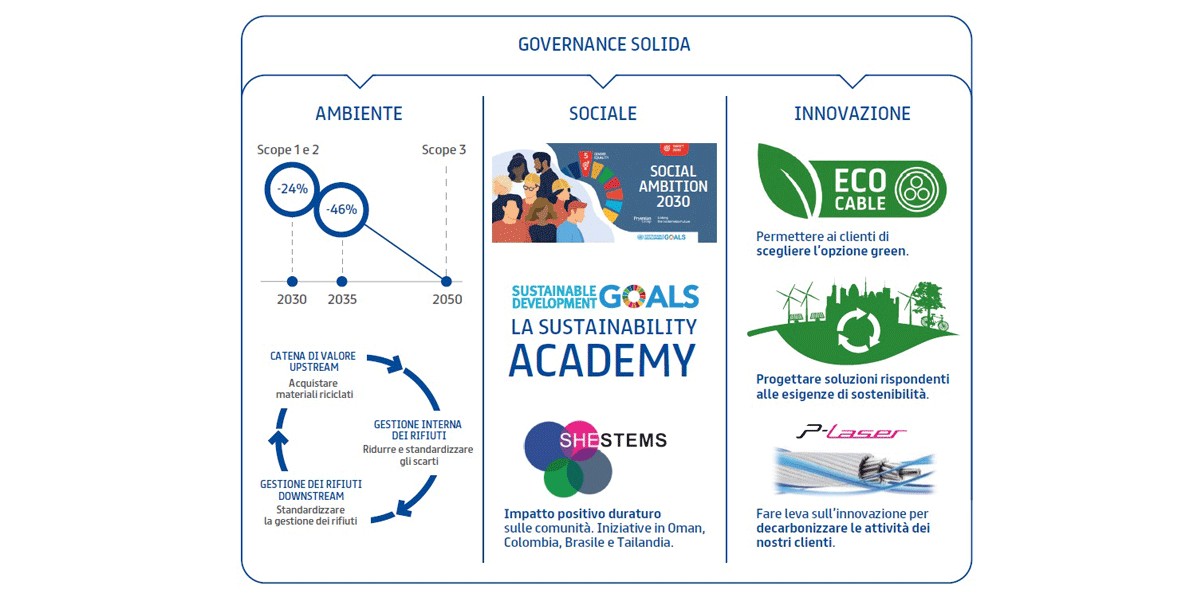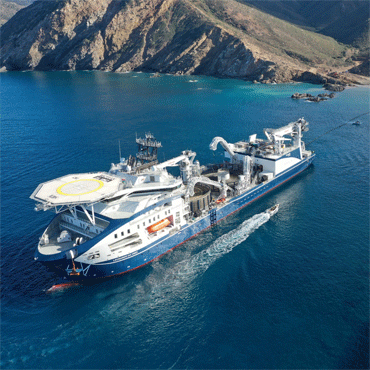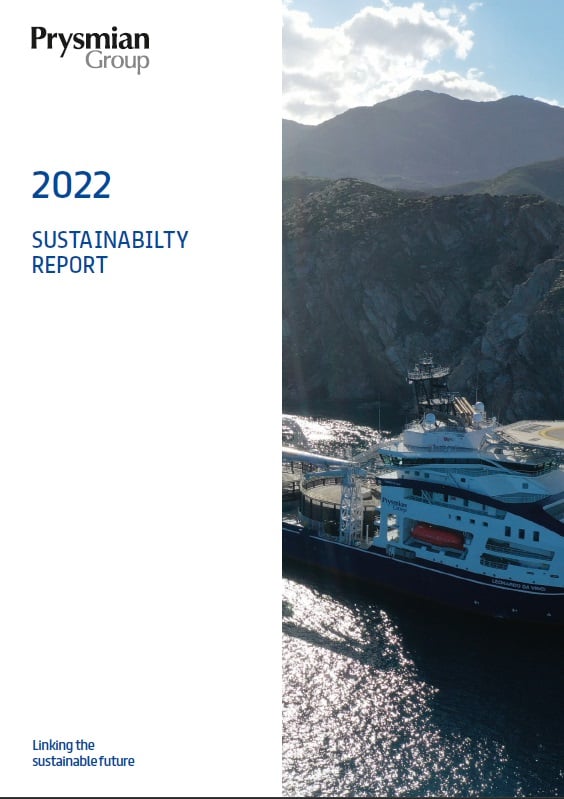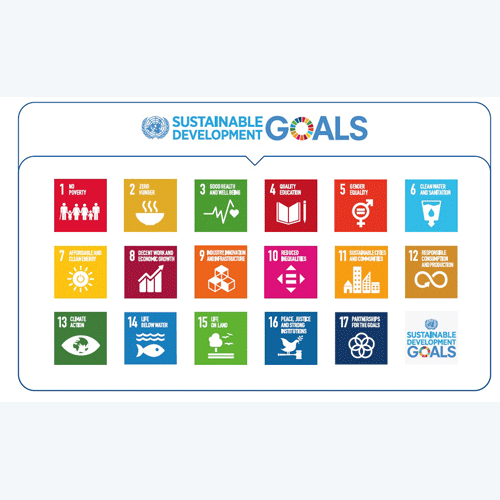OVERVIEW
Integrated strategy
During 2022 the world faced complex economic, social and political risks that were often interlinked, such as the war in Ukraine, the isolation of China, the slowdown in global growth and high rates of inflation, not to mention extreme climate events.
Challenges associated with energy and food supply, scarcity of raw materials and the strategic role of cyber security have prompted businesses to adopt increasingly flexible and resilient business models. In a volatile, uncertain, complex and ambiguous world, it is essential to understand the direction of changes and turn them into opportunities for growth.








